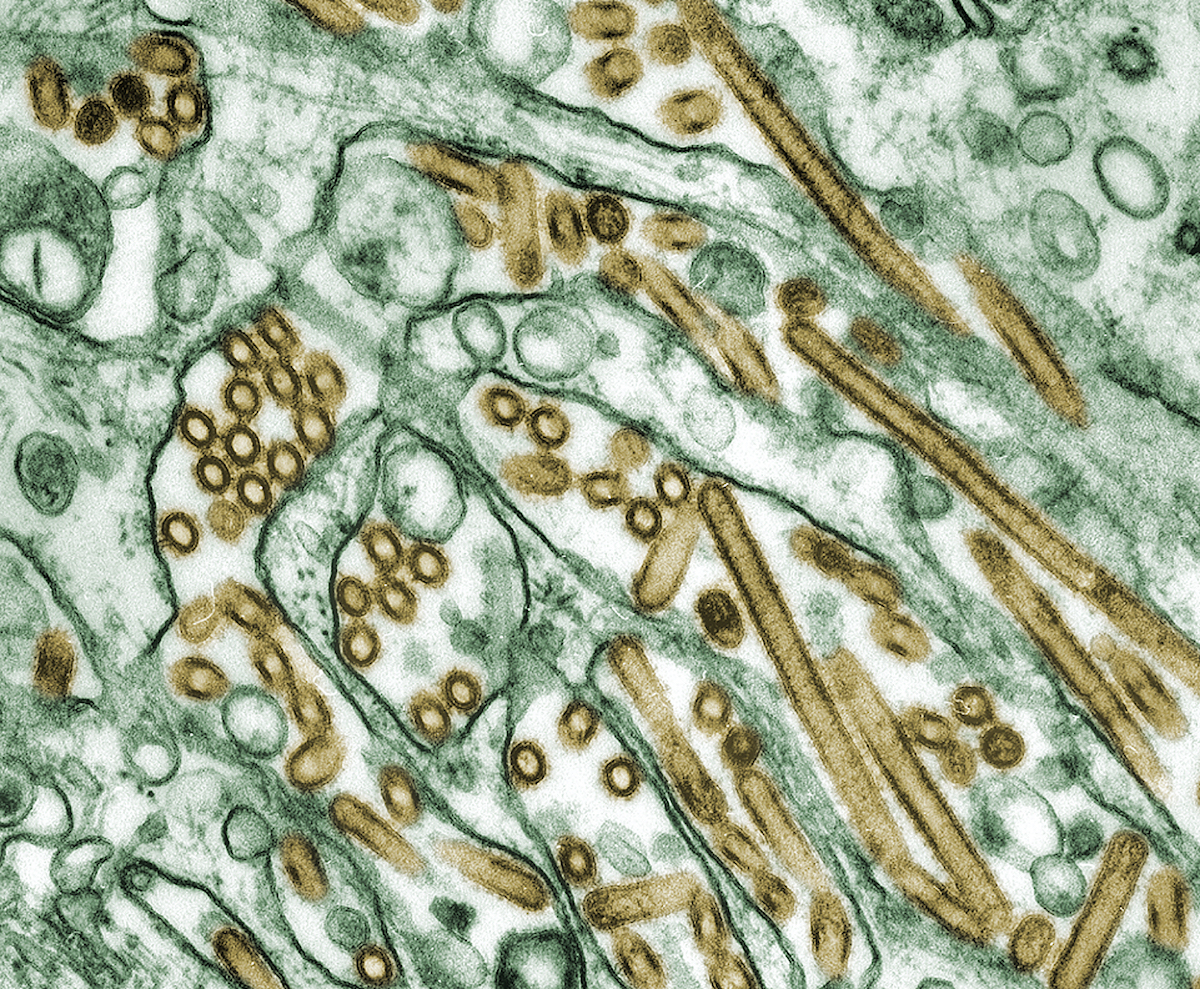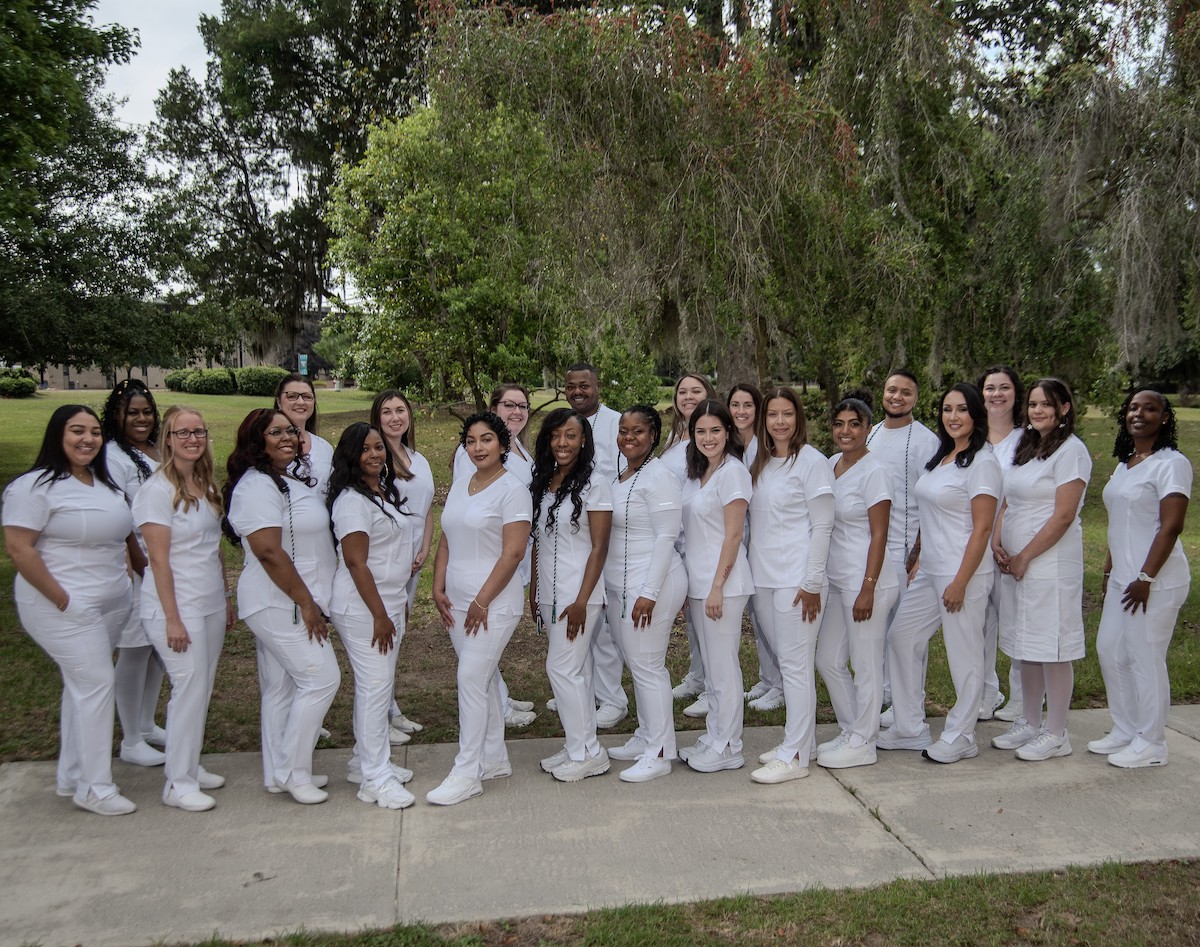By Dr. Edward R. Blocker
Carpal tunnel syndrome is a common malady that most people have heard of. However, I find that many patients will call any hand discomfort carpal tunnel syndrome. Symptoms of this condition are classically numbness and tingling of certain parts of the hand and fingers. Aching, sore knuckles are something else — most likely arthritis.

Carpal tunnel syndrome is caused by irritation of a specific nerve in our wrist called the median nerve. When this nerve is irritated, the symptoms that patients experience are usually described as numbness, tingling, or burning of the hand and fingers. Most of us will experience these symptoms at some time or another. If it occurs only occasionally and is temporary, it is usually nothing to worry about just as when your foot occasionally “goes to sleep” and resolves when you reposition it.
Because this is a problem with a specific nerve, the pattern of numbness and tingling will be very specific. Nerves are like electrical wires in your house. Your house wiring passes through a breaker panel. If you flip the breaker to your living room, only the living room lights go out. Similarly, our nerves provide sensation to specific parts of our body. In the case of our hand, the nerve that causes carpal tunnel syndrome (called the median nerve) provides sensation to our thumb, index, long, and half of our ring finger. This median nerve comes down our forearm and goes through a passage in our wrist before branching out into smaller nerves that go out to our thumb and these 3 ½ fingers.
This wrist “passage” is the carpal tunnel. Much like the breaker switch, when the nerve gets compressed as it passes through the carpal tunnel, it will lead to numbness and tingling in these specific digits. While there are three main nerves that provide sensation to specific parts of our hand and fingers, only the median nerve passes through the carpal tunnel. It’s how we are wired.
When a patient comes in with these complaints, they will often say their “whole hand goes to sleep.” However, if you really pay attention to what part of your hand and digits go numb while it’s happening, a pattern will usually emerge.
Symptoms can occur day or night. Classically, daytime symptoms occur with almost any hand intensive activity: driving, writing, typing, reading a book, etc. Many are quick to blame their job but this is often simply a condition of life. It also frequently occurs at night, sometimes waking you from sleep. This usually occurs because your arms are bent under your pillow and wrist flexed. This can put a “kink” on the median nerve as it passes through the carpal tunnel. Straightening out your wrist will alleviate the symptoms. This is why sleeping in a wrist splint that holds your wrist in slight extension can help you sleep through the night.
Diagnosing carpal tunnel syndrome is usually straightforward. As you now know, asking which fingers go numb is usually telling. A simple exam of the hand during the office visit can then be confirmatory. There is an objective test called a nerve conduction study that can be performed as well. In general, most of us diagnose this condition through questioning and physical exam, and will only obtain the nerve test in those cases that do not resolve with simple treatment and require surgery.
As far as treatment options, if it bothers you mostly with typing, modification of your workstation can help. Another simple option is the splint I just mentioned. The splint rests the nerve from repetitive flexing and holds the wrist in a position that allows maximal volume in the carpal tunnel. Any drugstore carries them. I usually start by having the patient wear it at least at night. Other options include anti-inflammatories (if your doctor says you can take them), cortisone injection of the carpal tunnel, and surgery. Anti-inflammatories and injections can work by quieting down inflammation of the nerve and/or the area around the nerve.
Carpal tunnel surgery involves releasing a ligament that forms part of the wall of the carpal tunnel thereby relieving compression on the nerve. It is usually a quick procedure that can be done in under 10 minutes. Although it is a quick procedure, I stress to patients that there is a more lengthy recuperation time. Also, nerves are unpredictable as to when they decide to “wake up” after surgery. Sometimes patients feel better in the recovery room, sometimes it takes several days, sometimes weeks.
Fortunately, not every case of carpal tunnel syndrome requires surgery. Treatment is often decided based on the degree that the symptoms bother you and can usually start with simple options.
Edward R. Blocker, MD, is a board-certified orthopaedic surgeon with Beaufort Memorial Orthopaedic Specialists. A graduate of the Medical University of South Carolina, Dr. Blocker completed his internship and residency at the Greenville Hospital System University Medical Center and the Shriners Hospital for Crippled Children – Greenville Unit. He has been practicing in Beaufort for the past 18 years.







